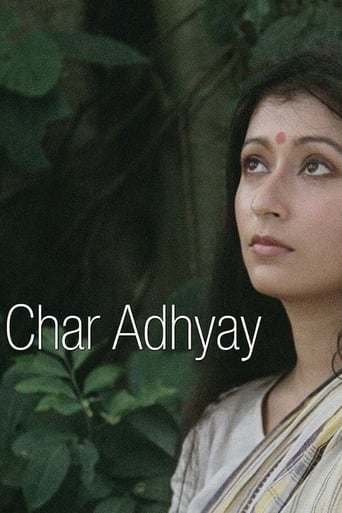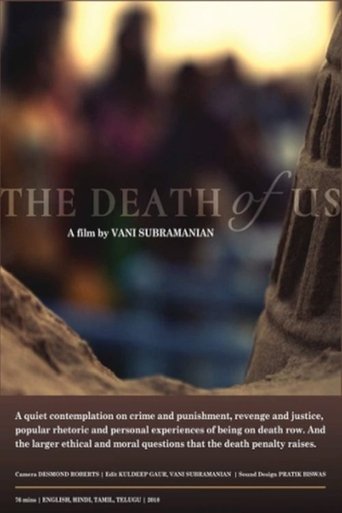Salaam Bombay! 1988
After destroying his older brother's motorbike in retaliation for his constant bullying, 11-year-old Krishna is sent to a traveling circus to earn money to pay for the bike's repairs, but soon winds up in the streets of Bombay's poorest slums. There, he befriends the drug dealer Chillum and young prostitute Sola Saal, while trying to make enough money at a neighborhood tea stall to repay his debt to his family.


















